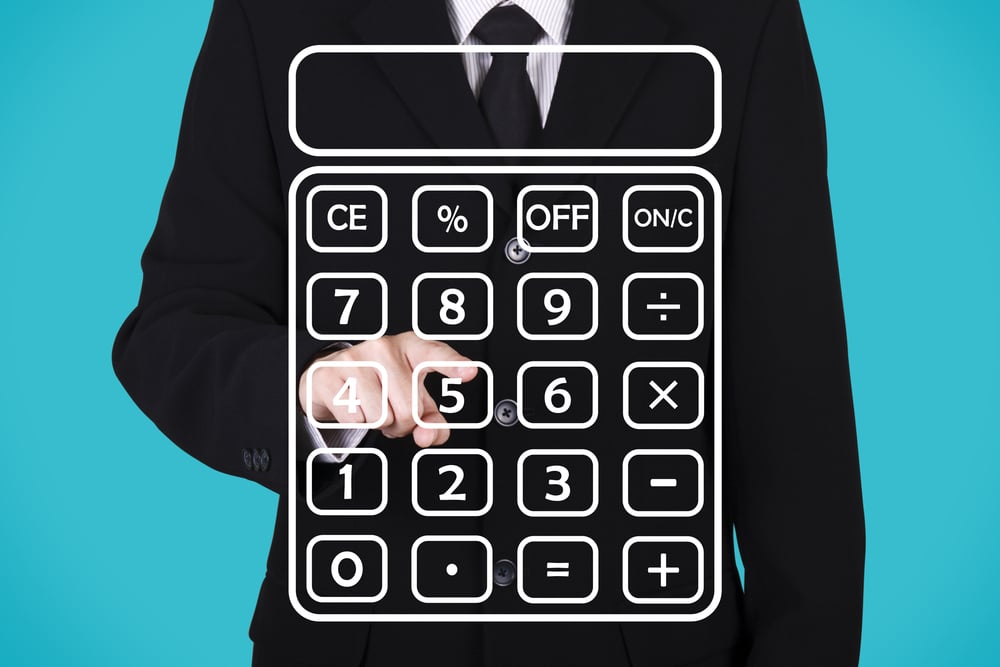
What is the marginal benefit? Definition and example
Also known as marginal utility, a marginal benefit applies to any additional unit purchased for consumption after the first unit has been acquired. In this article we help zou better understand this economic concept.
What Is Marginal Benefit?
Marginal benefit (MB) is the additional satisfaction or utility that a consumer receives from purchasing one more unit of a good or service. It’s a core concept in economics that helps explain consumer decision-making and economic value.
Understanding how the MB works offers insights into how individuals weigh the pros and cons of acquiring an extra unit of a good or service, guiding their spending choices.
Understanding Marginal Benefit
At the heart of consumer decision-making is the pursuit of utility maximization, where the goal is to get the most satisfaction from their available resources.
Marginal benefit plays a pivotal role in this process, as it represents the maximum amount a consumer is willing to pay for an additional good or service. This willingness reflects the perceived value of adding one more unit to their consumption.
Law of Diminishing Marginal Benefit
This law is a fundamental principle of economics that states as a consumer consumes more units of a specific product or service, the marginal benefit obtained from each additional unit tends to decrease.
This phenomenon, also known as diminishing returns or diminishing marginal utility, underpins the reasoning that the first slice of pizza brings more joy than the fourth or fifth.

How does falling marginal benefit affect the price?
To understand how a falling marginal benefit affects price, you’ll need to understand marginal utility.
Marginal utility refers to the benefit gleaned from consuming an additional product or service. According to the law of diminishing marginal utility, the additional units of a product you purchase cause the marginal utility to decrease.
Similarly, if a business owner recognizes that you’re becoming less interested in paying the selling price for a product or service, they could decide to lower the price of said product or service. In other words, the product or service would go on sale.
This happens to sell more products at the end of the day because a sale could entice you to make an additional purchase.
The price of any good or service has the potential to be lowered the minute a business owner notices that consumers are willing to pay less for more of that good or service.
How does availability affect marginal benefits?
The availability of a product or service can affect its marginal benefit. When a product is scarce, consumers tend to want it more.
For example, imagine your company launching a new, sleek laptop that catches the public’s attention.
You set a high price and limit the quantity because you anticipate high demand. Knowing the laptops are limited, customers will rush to buy them, often willing to pay more than the asking price.
This scarcity increases the MB However, if you release more laptops later, their value might drop as they become more available. Consumers prefer owning something rare rather than something everyone else has.
How to calculate marginal benefit?
To calculate the marginal benefit, identify the total benefit received from consuming a certain number of units and subtract the total benefit obtained from consuming one fewer unit. This difference gives you the marginal benefit of the additional unit.

By grasping the concept of marginal benefit, individuals and businesses can make informed decisions that lead to utility maximization and optimal resource allocation. Whether it’s deciding on purchasing another coffee or a company planning its pricing strategy, understanding MB is key to achieving economic efficiency and satisfaction.
Types
Positive: When each additional unit of a good or service provides extra value or satisfaction.
Negative: Occurs when the consumption of an additional good or service reduces overall satisfaction.
Zero: When an extra unit brings no additional satisfaction or utility.
Marginal utility and Unit Pricing
Understanding marginal utility aids in crafting a pricing strategy that can match the market demand. Businesses use this concept to set unit prices that consumers perceive as fair for the marginal benefit received, ensuring a balance between MB and marginal cost.
Marginal utility and unit pricing are two important concepts in economics that help understand consumer behavior and pricing strategies.
Marginal utility influences consumer decisions on how much of a product to buy. As the utility of additional units decreases, consumers are less willing to pay high prices
Unit pricing aids in these decisions by offering a straightforward way to compare costs, helping consumers seek the best value based on price per unit.
Implementation in Businesses
For businesses, marginal utility extends to marginal revenue, the additional income from selling one more unit of a product. Analyzing the relationship between marginal benefit and marginal cost is crucial for profit maximization and efficient resource allocation.
Public Policy

In public policy, marginal utility helps in evaluating the economic value of projects and initiatives. It ensures that the utility maximization principle applies to collective decisions, enhancing societal welfare.
Marginal benefit in public policy refers to the additional benefit or utility gained from the provision or consumption of one more unit of a public good or service.
Public goods are non-excludable and non-rivalrous, meaning one person’s consumption does not reduce the availability to others, and it’s difficult to exclude anyone from using them. Examples include clean air, national defense, and public parks.
Marginal Cost
The comparison between marginal utility and marginal cost is vital in both personal finance and business. It’s about measuring the benefit received from an extra unit against the cost incurred to acquire it. Optimal decisions occur when marginal benefit equals or exceeds marginal cost.
Consider a coffee shop deciding whether to stay open for an extra hour. If the marginal revenue (benefit) from sales during that hour exceeds the marginal cost of staying open, it makes economic sense to extend the hours.
Why is marginal benefit important?
Marginal benefit helps you measure how benefits change with quantity. As a business owner, you want the MB to always be higher than the cost.
This keeps your product or service attractive to customers without having to reduce prices too much. Lowering prices doesn’t always mean less revenue.
For example, if you lower the price for the second or third pair of pants, you might buy more because they are on sale. If the price cut is greater than the marginal cost of making more pants, it’s good for the business.
Also, you benefit from paying less for each additional item. This situation can benefit both you and the business owner.
FAQ
What is the meaning of marginal benefit?
Marginal benefit is the added satisfaction a consumer gains from consuming an additional unit of a good or service. It influences how much a consumer is willing to pay for an extra unit, reflecting its perceived value.
What is an example of a marginal benefit?
An example of marginal benefit is the enjoyment a person gets from buying a second ice cream cone on a hot day, which might be less than the joy from the first one, illustrating the law of diminishing marginal benefit.
What is the meaning of marginal utility?
Marginal utility is closely related to marginal benefit, referring to the added satisfaction gained from the consumption of an additional unit of a good or service. It decreases as more units are consumed, a concept known as diminishing marginal utility.
What is the marginal benefit formula?
To calculate marginal utility, you subtract the total benefit received from n units of a good from the total benefit of (n-1) units.
This calculation provides the benefit derived from the extra unit. Marginal benefit calculations help in understanding how the value of a product or service changes with consumption.
The post What is the marginal benefit? Definition and example appeared first on FinanceBrokerage.

